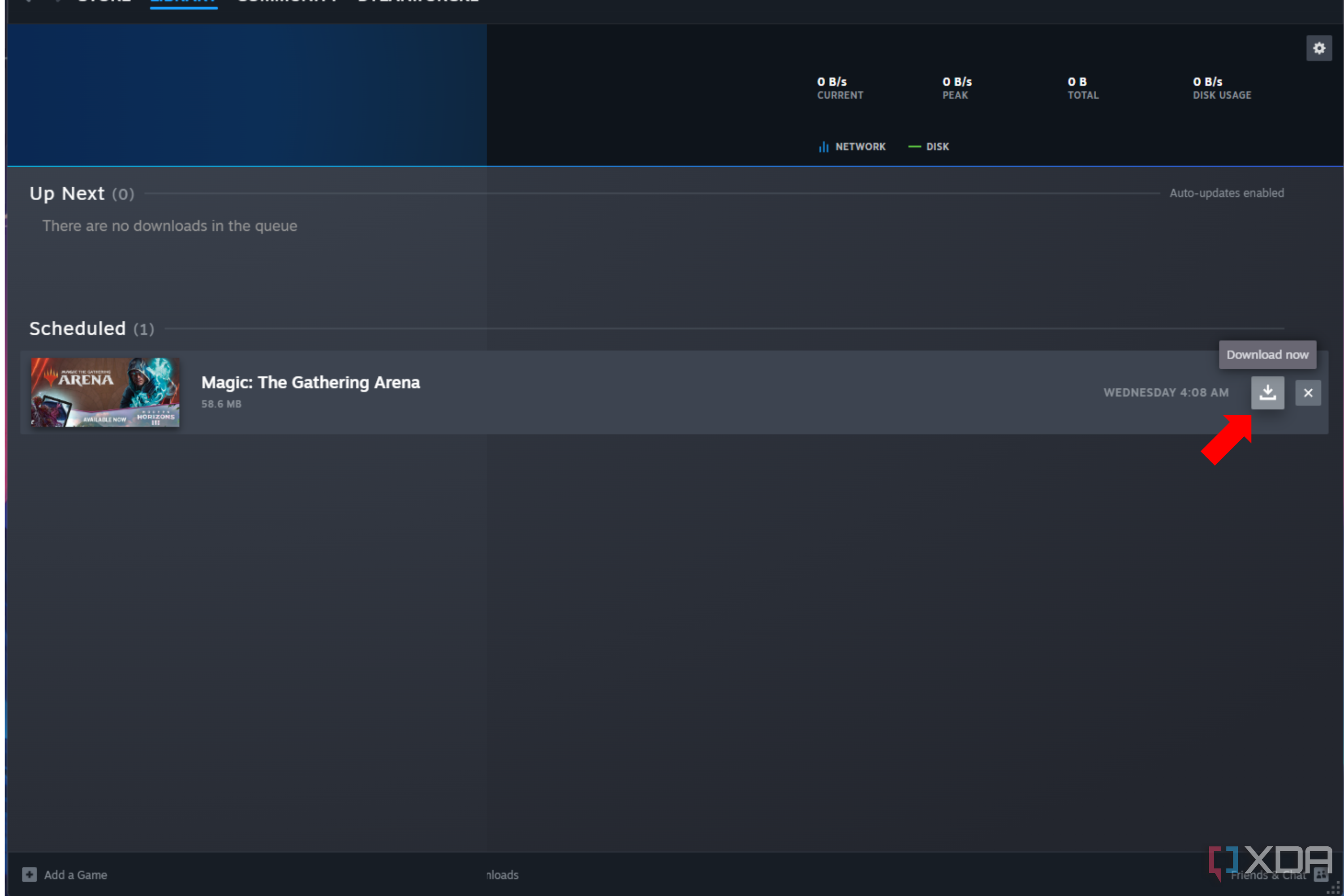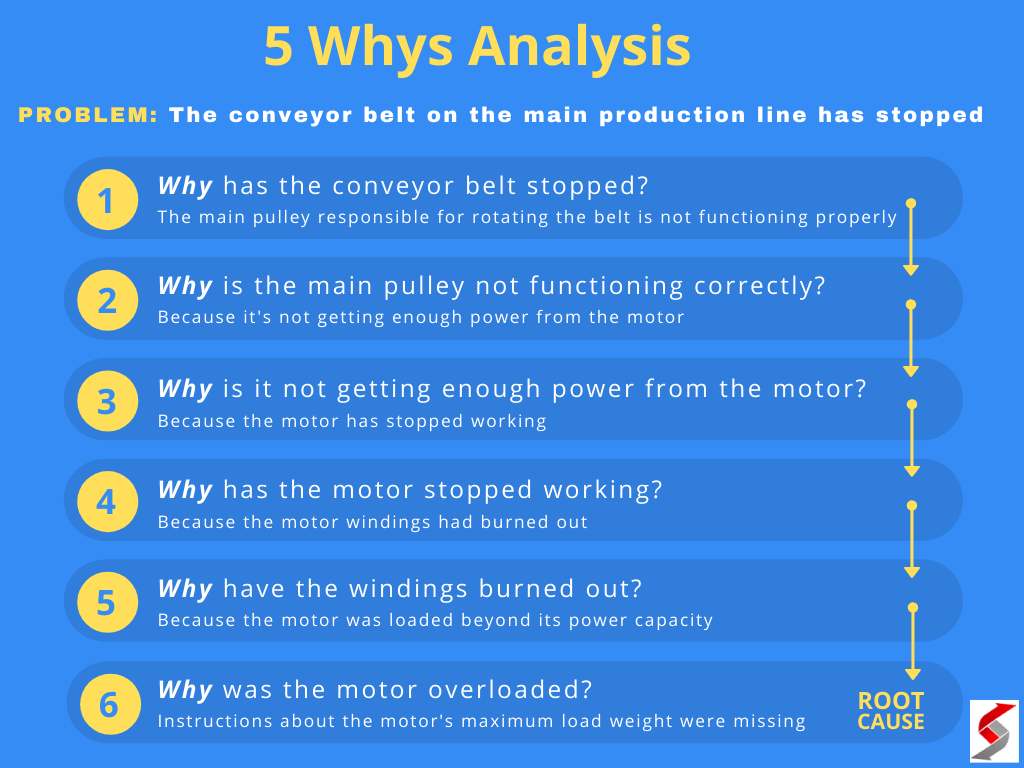Mastering Windshield Wiper Operation: Step-by-Step Guidance for Safe Driving
Introduction
Clear visibility is essential for safe driving, and properly operating your windshield wipers is a key component in maintaining that safety. Whether you’re facing rain, snow, or road grime, knowing how to control your wipers ensures you can respond effectively to changing conditions. This guide provides actionable, step-by-step instructions for using windshield wipers in modern vehicles, explains different settings, offers troubleshooting tips, and gives alternative approaches for various weather scenarios. All advice is grounded in verified manufacturer and instructional resources.
Understanding Windshield Wiper Controls
The majority of vehicles use a wiper stalk -a lever located on the right side of the steering column-to control the windshield wipers. The stalk may look slightly different depending on your car’s make and model, but the fundamental controls are similar across most brands [4] .
Common features include:
- Intermittent (delayed wiping cycles)
- Low (continuous slow speed)
- High (continuous fast speed)
- Mist (single quick wipe)
- Washer (sprays cleaning fluid)
On some newer models, an automatic mode uses a rain sensor to detect moisture and activate wipers as needed [3] . To avoid malfunction, ensure the sensor area is clean and unobstructed.
Step-by-Step Guide to Using Windshield Wipers
1. Locating and Understanding Your Wiper Controls
Begin by identifying the wiper stalk. It is generally found on the right side of the steering wheel [4] . The stalk may have markings or icons denoting each function.
2. Operating Intermittent Wipers
Push the stalk down one position to activate the intermittent (INT) setting. This mode causes the wipers to pause between wipes. Many vehicles allow you to adjust the delay interval using a rotating dial or ring on the stalk. This setting is ideal for light rain or drizzle [2] .
Example: In a 2018 Ram ProMaster, rotate the center ring to choose one of four intermittent speeds, accommodating varying rainfall intensity [2] .
3. Switching to Low and High Speeds
For moderate to heavy rain, push the stalk further down for Low (LO) speed. For downpours or rapid water accumulation, push the stalk to the lowest position for High (HI) speed. The wipers will operate continuously at the selected speed [1] .
Tip: Adjust speed as conditions change. If rain lessens, switch back to intermittent or turn the wipers off.
4. Using the Mist Function
The Mist function allows for a single wipe, typically activated by pushing the stalk up. This is useful for quickly clearing a light spray or after using the washer fluid [2] .

Source: tacomaexplorer.com
5. Activating Washer Fluid
To clean the windshield, pull the wiper stalk toward you. This triggers the washer system, spraying fluid onto the glass while the wipers wipe several times. Release the stalk to stop the spray and wipes [3] .
Note: If your vehicle is equipped with automatic wipers, pulling the stalk while in auto mode may trigger a single wipe for self-check purposes [3] .
Practical Application: Real-World Scenarios
Light Rain
Activate intermittent wipers and adjust the delay interval to match rainfall intensity. This setting clears the windshield without excessive noise or wear.
Heavy Rain
Switch to low or high speed for continuous wiping. Monitor visibility and adjust your driving speed accordingly.

Source: storage.googleapis.com
Road Grime or Salt
Use the washer fluid before switching to a regular wipe cycle. This helps prevent smearing and improves clarity.
Snow and Ice
Clear heavy snow from the windshield before operating wipers to avoid mechanical strain. Use the washer system for light buildup, but avoid operating wipers on a frozen windshield to prevent damage.
Troubleshooting Common Wiper Issues
If your wipers are not functioning properly, consider the following steps:
- Check fuse box: A blown fuse can disable wiper operation. Consult your owner’s manual for the fuse location.
- Inspect wiper blades: Damaged or worn blades should be replaced immediately for optimal performance.
- Washer fluid reservoir: Refill the reservoir if fluid does not spray when activating the washer.
- Listen for unusual sounds: Squeaking or skipping may indicate blade or arm issues. Replace blades or consult a professional if problems persist.
Alternative Approaches and Advanced Features
Modern vehicles often include advanced wiper technologies, such as rain-sensing auto wipers and heated blades for cold climates. Refer to your manufacturer’s official resources for specific instructions on these features. For instance, Hyundai models have rain sensors at the top of the windshield that automatically activate and adjust wipers as needed [3] .
If your vehicle lacks these features, manual control remains the most reliable method for tailoring wiper speed and frequency to current conditions.
Accessing Manufacturer Support and Resources
If further guidance is required, you can:
- Consult your vehicle’s owner’s manual for model-specific instructions.
- Contact your local dealership or authorized service center for troubleshooting and maintenance assistance.
- Search official manufacturer support portals (e.g., Toyota Support, Hyundai Owner Resources) for video tutorials and FAQs.
- Explore verified instructional videos from recognized automotive brands, such as Chevrolet Quick Tips [5] .
If links to specific resources cannot be verified, use the official company website search feature or call the customer support hotline provided in your owner’s documentation.
Key Takeaways
Operating windshield wipers properly enhances safety and visibility. By understanding each function and adapting to weather conditions, you maintain clear vision and reduce distraction. Regular maintenance, including blade replacement and washer fluid checks, ensures long-term reliability. If you encounter issues beyond basic troubleshooting, consult your owner’s manual or a professional technician for support.
References
- Toyota Support (2023). How do I operate the front windshield wiper in my vehicle? [4]
- YouTube (2017). How To Use Windshield Wipers In A Car-Driving Tutorial [1]
- YouTube (2017). Windshield Wiper/Washer Operation-How to use … [2]
- YouTube (2023). Windshield Wiper Operation | Hyundai [3]
- YouTube (2019). Where Are My Windshield Wipers And How Do I Control … [5]
MORE FROM gowithdeal.com













